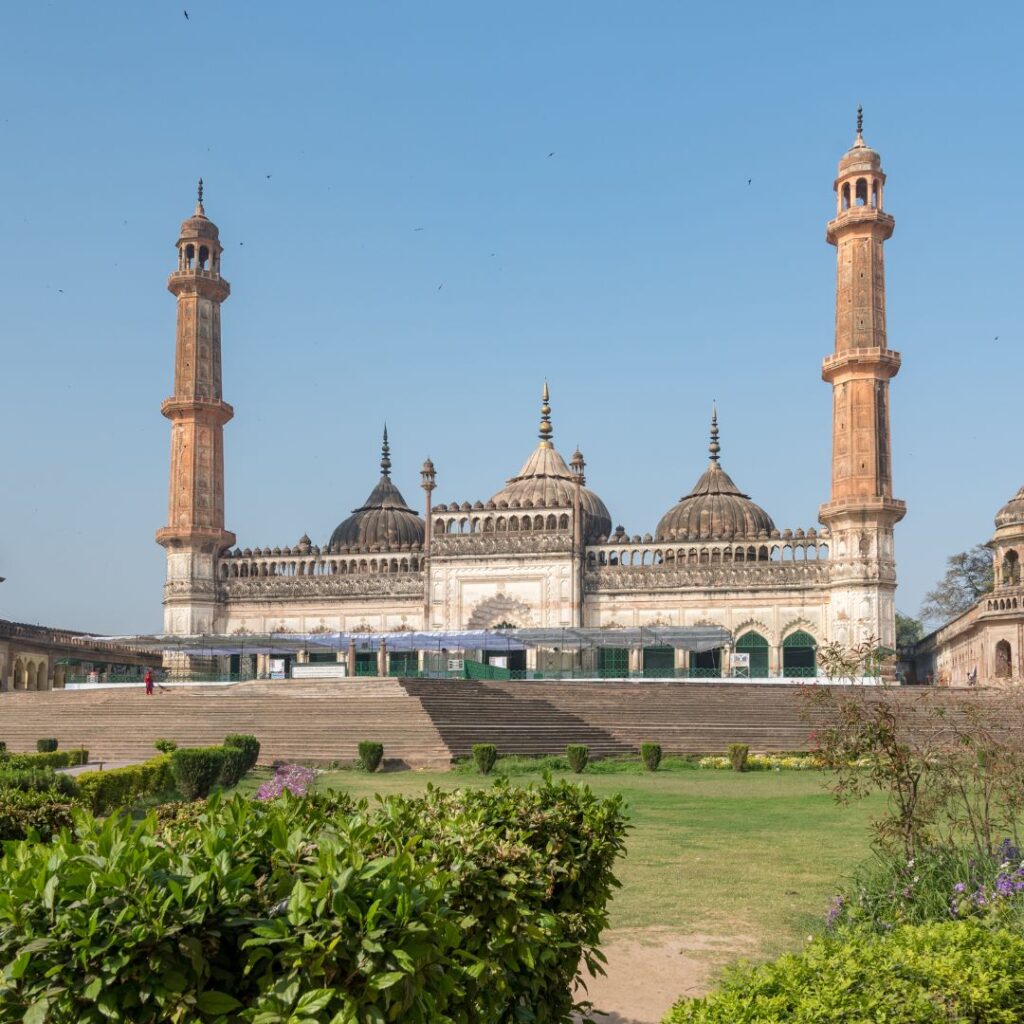Step into the grandeur of Bara Imambara, a majestic monument and a must-visit attraction in Lucknow. This 18th-century marvel boasts stunning architecture, intricate designs, and a rich history. Explore the labyrinthine corridors, majestic domes, and the breathtaking Bhool Bhulaiya maze, and experience the splendor of Awadhi heritage.
Located in the northern part of India, Lucknow is the capital of the state of Uttar Pradesh, whose reality is intertwined with a balmy past and monumental architectural structures. It has many famous sites, some of which are quite remarkable, including the Bara Imambara, which is one of those historical buildings that has not lost its charm over the years.
The structure, commissioned in construction in 1784 by Nawab Asaf-ud-Daula, reflects the magnificence of Awadhi designs and takes us on a journey into the long-standing history of this intriguing city. It is believed that the building of this masterpiece was not pursued as a mere architectural project; it aimed at the welfare of the people and the nation in rebuilding the city after the attacks in the two previous decades – the Mughal civil war and famine.
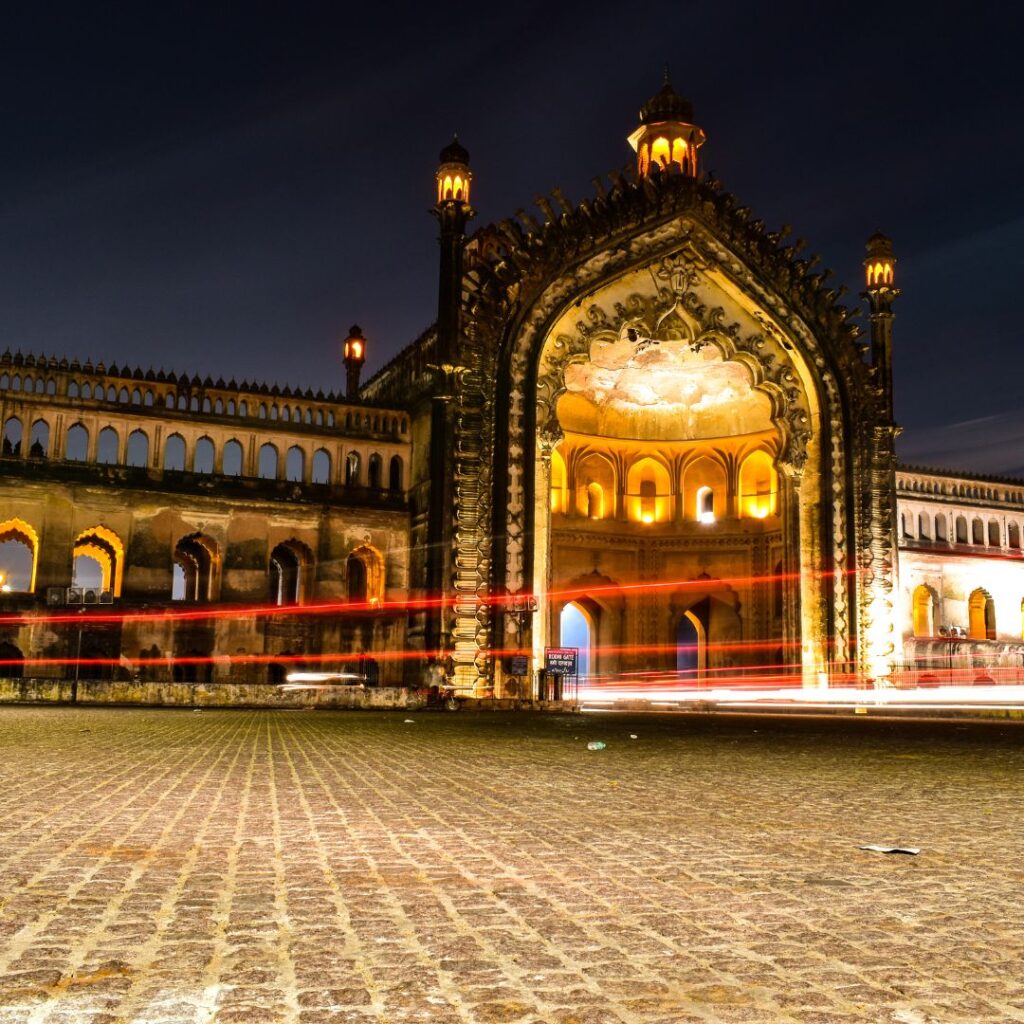
The well-known phrase in Lucknow about the monument, “Jisko na de Maula, Usko de Asaf-ud-Daula” (He that has not been supported by God shall be supported by Asaf-ud-Daula), gives a sense of why the monument holds such great significance. The Nawab, during the terrible famine in the year 1784, began work on the impressive edifice with a view to creating jobs for those in need of food. Thus people will always remember the great Nawab with praises who unselfishly gave his all to help the people.
The Architectural Wonder Which is Bara Imambara
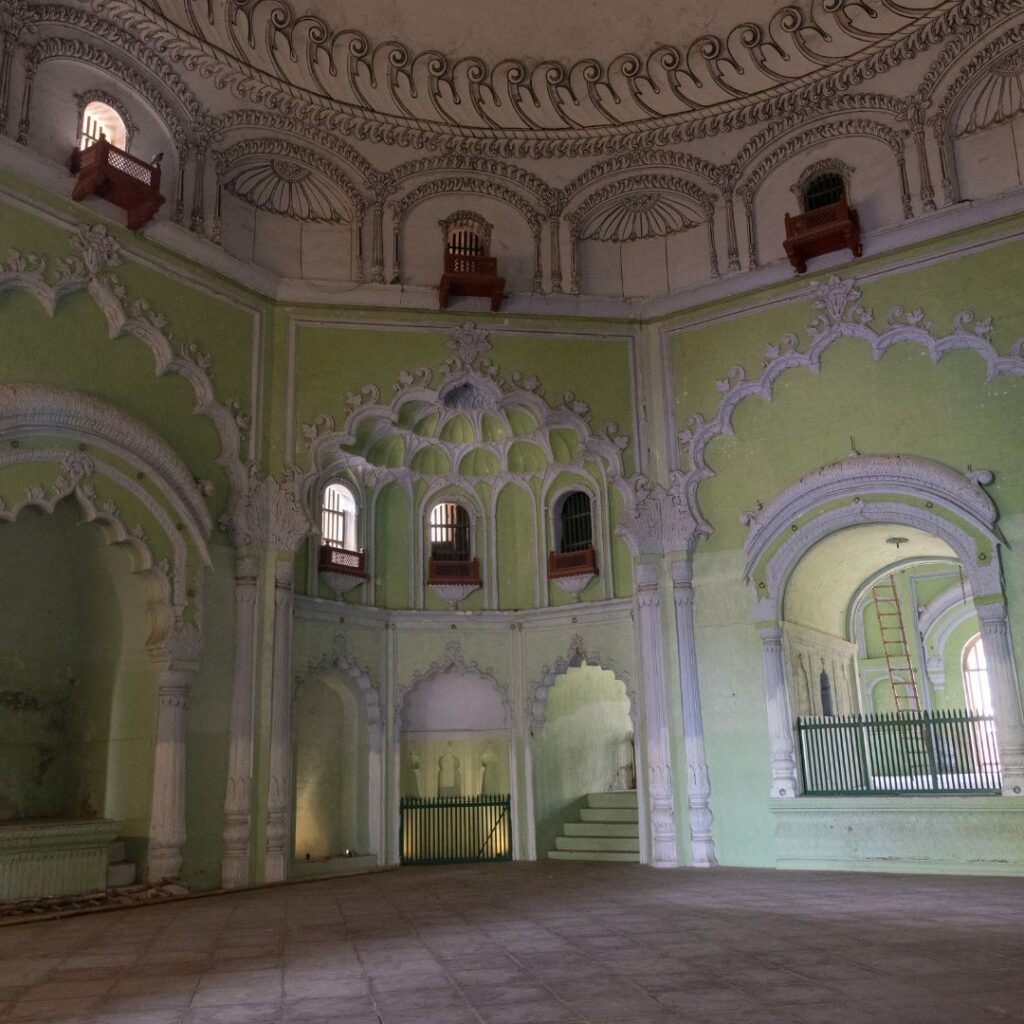
Bara Imambara is one of the best examples of true architectural beauty. There are no beams or pillars in any part of the Imambara, as it relies on the most impressive feature of the monument, its construction itself. Bara Imambara, also referred to as the Asfi Mosque, contains a central hall, which is the largest arched structure in the world to have been built without pillars and beams as support, making it a wonderful presentation of engineering. To this day, the structure continues to inspire people throughout the world who come from far and wide to admire its magnificence.
The Enigmatic Bhool Bhulaiya (Maze)
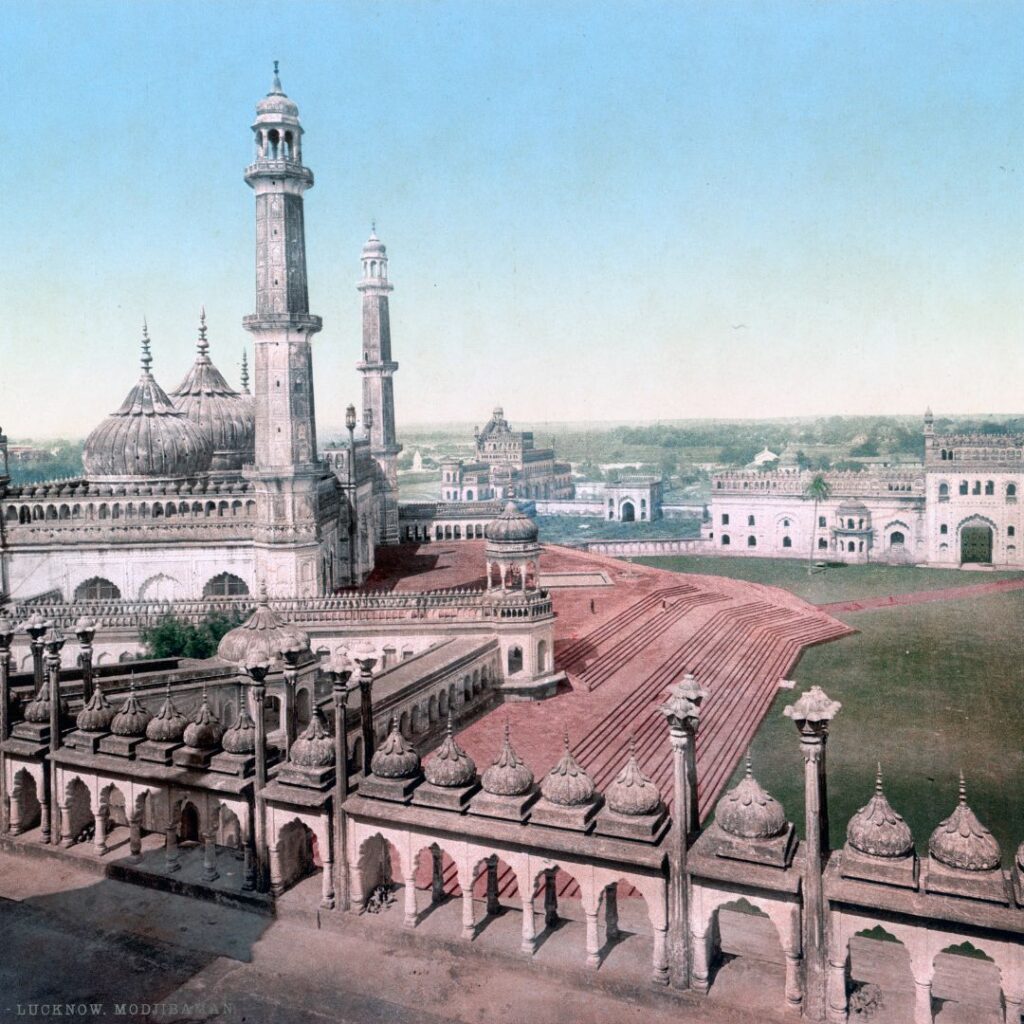
One of the most fascinating features of the Bara Imambara is its Bhool Bhulaiya, a series of complicated narrow dark corridors and staircases. This structure is also one of the large mazes located in India and is a source of amusement to many who get lost inside its intricate labyrinth.
The original concept of designing the Bhool Bhulaiya was aimed to baffle anyone who dared to intrude and protect the kingdom’s prized possessions. It has now gained popularity among tourists who seek thrills and excitement. However, due to the almost 500 identical doorways, it is recommended that you take a tour with a guide, as visitors frequently become disoriented in the maze.
In addition to having a defensive utility, the Bhool Bhulaiya’s confusing design has an operative reason. Some sources revealed that such a construction design was able to assist in cooling the interior of the building and thus avoiding excessive heat stress to the occupants. The visitors meandering in its galleries will appreciate the ingenuity of space and its movement that makes this edifice an engineering and architectural masterpiece.
A Thing of Great Historical Relevance
The Bara Imambara is an architectural piece of art, but it also has an important history and cultural narrative. The memorial was built to commemorate such occasions when humans helped their fellow brothers and sisters during crises. The famine that forced the construction of the Bara Imambara saved countless lives by providing them with employment during the brutal conditions of the time. Such a connection helps to create a different perception of the structure, as it goes beyond being an architectural model; it represents a social struggle.
Rumi Darwaza: The Grand Entrance
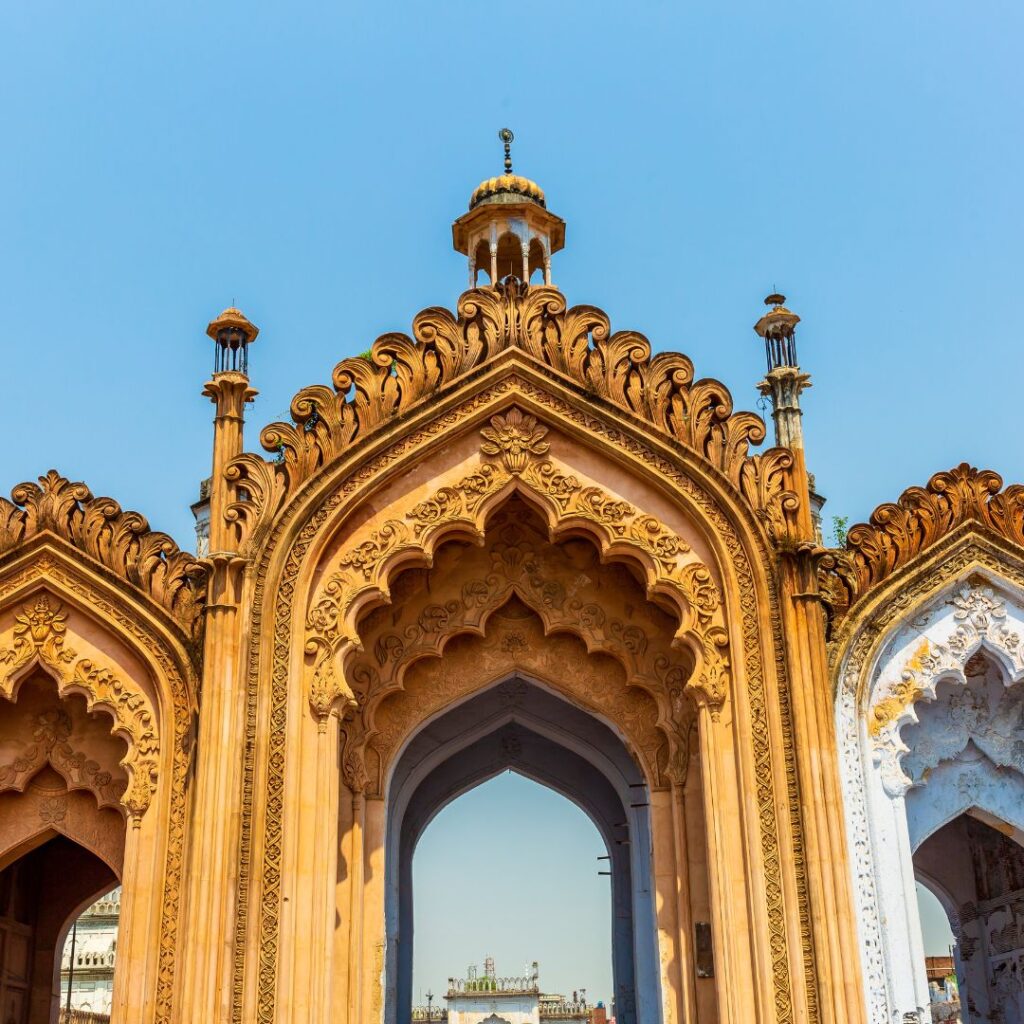
Sometimes called the Turkish Gate, Rumi Badashah Gate has a grand stature and form which leaves visitors awe-inspired. This gate leads them further into the Bara Imambara complex. The gate itself merges two different architectural styles, Mughal and Awadhi, as seen from its height and ornamentation. Its bewitching construction and historical insights also provide one of the most photographed sights in all of Lucknow.
Muharram Ceremonies and Processions
In addition to the religious architectural and historic aspects of the Bara Imambara, it is also a place of worship for Shia Muslims. The month-long event of Muharram involves a lot of people marching in the courtyard of Bara Imambara to pay tribute to Imam Hussain, who was opposed to the enforcing of tyranny. His sacrifices and valour mark an important event for everyone around the world. Thousands of worshippers observe mourning rituals at the Bara Imambara to pay tribute to the martyrdom of Imam Hussain and to show respect to the Imam and his followers who held strong beliefs.
Culturally and spiritually active to this day, this location is much more than a mere site of history and an active participant in a number of religious activities.
The Grand Complex of Bara Imambara
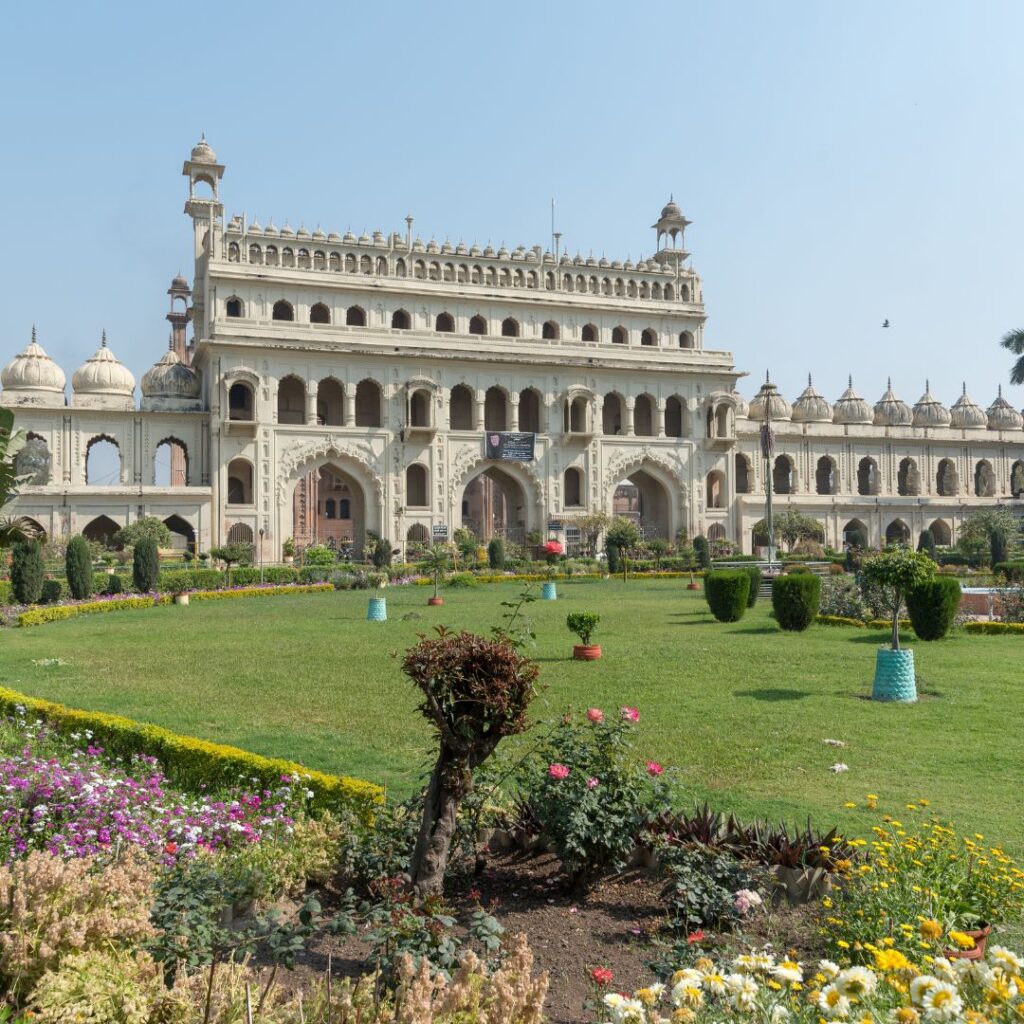
The complex of Bara Imambara is so vast, it is directly built in a span of around 50,000 square feet. Besides the central edifice, the stepwell, the mosque and some other architectural components which are present in the complex make it a multifaceted area appealing for attention. The design that the construction incorporates enables users of each of the structures present there to tell a unique story.
Conclusion
In conclusion, as thousands of visitors do annually, it is worth mentioning that Bara Imambara is not just one of the most important historical commemorations of the city of Lucknow, but also an interesting example of culture, history and architecture of the city. The imbricated architectural and spiritual significance attached to this majesty makes it a must-visit place for outsiders who step into the city of Lucknow. Its awe-inspiring structure has remained unchanged. Until today, the mihrab remains a centrepiece of this impressive grand structure, a relic of the Nawabi period that still elicits pure marvel.
